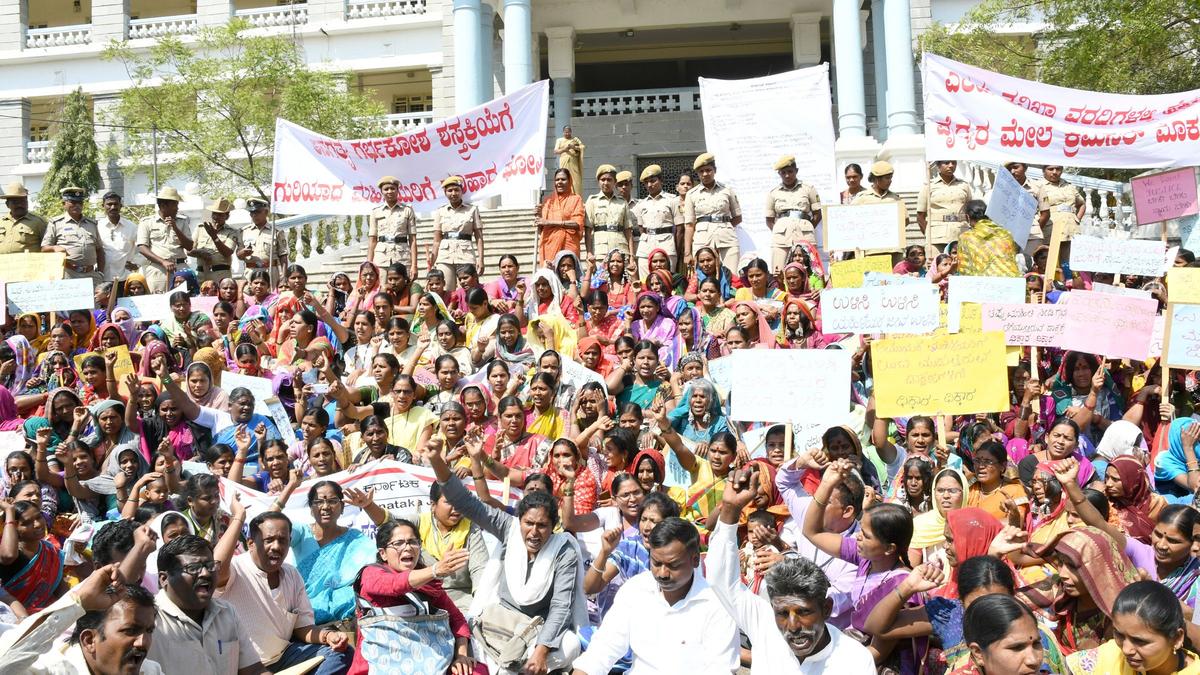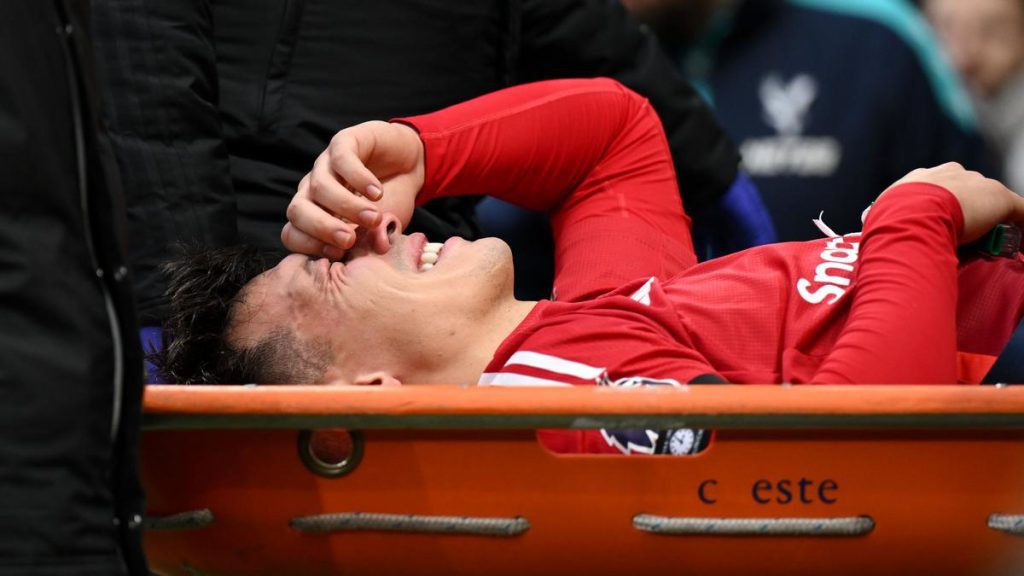Let medical reasons guide decisions to perform hysterectomies, say specialists Premium


Let medical reasons guide decisions to perform hysterectomies, say specialists Premium
National attention has been sought and secured on the conduct of caesarean sections , pointing out a possible excess. The likely reliance on more than medical factors to perform the procedure has also become an issue. Calls to regulate have been loud and purposeful, particularly recently in Karnataka. But activists also point to hysterectomies, raising the question of whether such procedures are being done only when warranted.
Does the social and economic status of a woman impact the decision to perform a hysterectomy? What are the factors that truly influence the decision in health care settings in the country?
A study of National Family Health Survey-4 data on hysterectomies revealed that on either end of the income and literacy spectrum, more women were undergoing surgeries to remove the uterus.
In an article Hysterectomy across Different Occupational Groups of Women in India: A Cross-sectional Study, recently published in the Journal of Medical Evidence (AIIMS Rishikesh Journal), authorsGaurav Gunnal and Sudeshna Roy (from the Department of Biostatistics, International Institute for Population Sciences) recorded that while five in every 100 women had undergone a hysterectomy, it was more likely to be high among agricultural workers in India and women in high-income groups.
“Our paper indicated a dual trend where women from both ends of the wealth/education spectrum exhibit a tendency to undergo hysterectomies, though for different reasons and under distinct circumstances,” said Mr. Gunnal.
For women agricultural workers, clearly in the lower wealth and education quintile, limited awareness of sexual and reproductive health, delayed treatment of gynaecological issues, and poor hygiene are primarily causative factors. “In addition, we need to factor in menstrual taboos, the physical burden of labour-intensive agricultural work, and a desire to eliminate menstruation-related disruptions to their productivity when it comes to these women.”
The authors point out that financial incentives through public health insurance schemes sometimes enable access to hysterectomies, but this also raises concerns about unnecessary and exploitative surgeries. Also significant is the lack of alternative treatment options and healthcare counselling, which further pushes these women toward hysterectomy as a perceived solution.
Ms. Roy points out that on the other side of the spectrum, women in the highest wealth quintile also tend to have more hysterectomies since they are able to afford the expense that it involves.
Hrishikesh Pai, past president, Federation of Obstetric and Gynaecological Societies of India, says the bottom line is that every woman should get the right treatment. “Any medical treatment starts with conservative management; only if that fails do we look at minimally invasive interventions; surgery is the last option,” he says. Dr. Pai was on the committee that drew up guidelines for conducting hysterectomies and fixed the protocol and standardised algorithms for the treatments.
“What is important is to maintain equity of care for all. We must give the same treatment to all women, but we are not able to do so. Clearly the yardstick is not merely clinical, it involves the social and economic as well. However, we are doing well — regulations are in place — and monitoring is important in order to ensure that no woman gets treatment that she does not need,” Dr. Pai emphasises.
Mid last year, the Supreme Court urged states and union territories to implement health guidelines formulated by the Centre to monitor “unnecessary” hysterectomies within three months. This followed a public interest litigation (PIL) that alleged “unnecessary hysterectomies” were carried out in Bihar, Chhattisgarh, and Rajasthan under the Rashtriya Swasthya Bima Yojana as well as other government schemes.
Excessive menstrual bleeding was the most common underlying condition for undergoing hysterectomy, many studies have shown. “Ultimately, it is when the patient comes to us that decides what kind of treatment can be started,” points out N. S. Kanimozhi, obstetrician and gynaecologist and founder of Thaimai Hospital, Chennai. There already exists a rural–urban divide in terms of when women report problems, she adds. “In our experience, we find that sometimes women only notice they have a problem after they have fainted. They do not think excessive bleeding is abnormal. There is a fainting episode after which they are forced to seek care.”
“The immediate task is to treat the anaemia and narrow down on the basic cause — if there are fibroids or cysts. We then put them on drugs, oral contraceptives, and if this does not work, we then go in for procedures such as endometrial ablation, and hormonal Intra Uterine Device insertions. It is only in cases where all these procedures fail that we need to schedule a hysterectomy,” Dr. Kanimozhi explains.
She further adds that with the availability of more modern devices, it is now possible to do minimally invasive hysterectomies, and the open surgery which entails far more side effects and involves a longer recuperative period is practically rare.
In her opinion, the baseline for determining the course of treatment should be the condition of the patient itself, and the doctor must be satisfied that all other avenues have been satisfied before a decision to perform a hysterectomy is taken.










